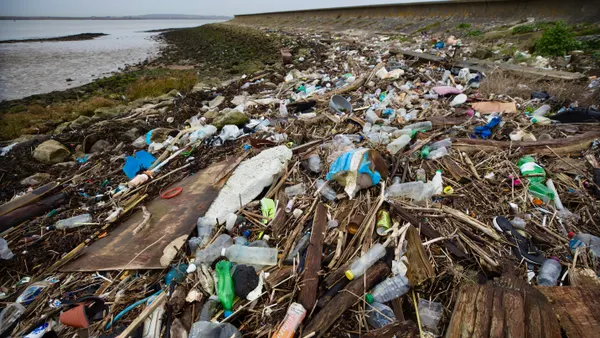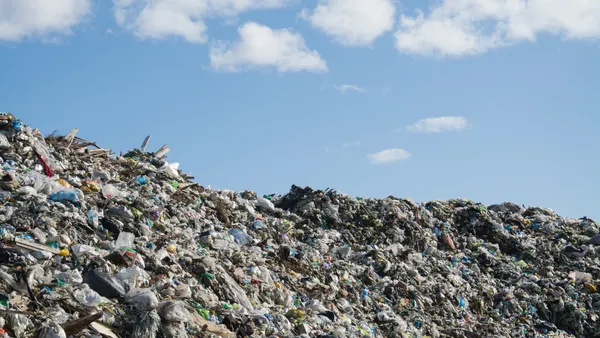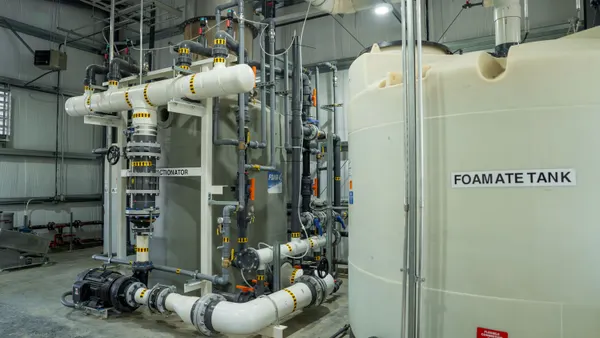Here's the scenario: you just walked into your doctor's office and checked in with the receptionist. You cringe as the dreaded clipboard is loaded with a quarter-inch of forms before that little metal guillotine slaps down with a crack. Have a seat, you're told, and grab a pen so you can spend fifteen minutes filling out pages of information you're certain they already have based on the seventeen other times you've filled out the same stack of forms in the same seat in the same waiting room.
Let's rethink this. Imagine entering the office with a smile, knowing your forms are already filled out because you checked in yesterday and even took care of your co-pay. You don't even get a chance to sit down because you're whisked off down the hall to step on the scale before you can peel off your jacket.
This isn’t a vision of the future; it’s happening now.
Connected workspaces
The modern medical industry runs on connected workspaces. No longer is your medical history spread out in piles on reception desks at various offices and hospitals. It's digitally housed in a central location which is updated in real time, creating a goldmine of information readily available to those charged with making sure you're operating at your best. Your primary care physician is hip to the fact that you sprained your ankle a few weeks ago, your urgent care doctor senses a pattern when you show up with a sinus infection at the same time every year, and your anesthesiologist knows—without you having to remind them—that you're allergic to iodine.
A connected workspace means better healthcare. Not only could it save your life, but there's an app for it, too.
Data is here
Just as the medical world relies on a connected system for improved healthcare, the waste industry requires a connected system to improve waste and material management. Like primary and urgent care doctors working together, connected data brings together producers, transporters, and processors as a part of a seamless, digital workspace with useful insight only a click or a tap away.
Actions matter
Connected workspaces mean vital information is not only visible, but actionable. Just like your medical team acts on insight about your health, real-time data insight means processors can head off problems before lines back up at their facilities; transporters can optimize routes as orders change; producers can recalibrate project trajectories in minutes rather than days.
This is waste and material management operating at its best.
The digital project engineer
Think of a connected workspace as a project engineer handling complex project management, giving you a competitive edge. This means tickets are generated and stored digitally, loads are tracked live via GPS, and receipts appear automatically. Communication is instant. Issues and threshold notifications jump to the surface and can be handled quickly.
No longer are you limited to a single, delayed point of view into your operations. No longer must you wait months for invoices or reconcile them manually. One look at the real-time dashboard means instant reconciliation, improved decision making, and maximum flexibility.
Sustainability that supports business growth
Connected workspaces not only improve operations but foster collaboration and transparency, creating sustainability, which isn’t just about being green, but about balance. Connected workspaces help companies thrive while meeting the eco-friendly goals of the modern business. They enhance operational efficiency, reduce costs, and ensure regulatory compliance are at the heart of this balance, and therefore at the heart of sustainability.
Conclusion
Connected workspaces are a pillar in waste and material management's future. The demand for smarter, more efficient solutions is growing, and the adoption of advanced digital platforms will be as critical here as it has been in the medical world. By leveraging technology and fostering a culture of innovation, your business can achieve unprecedented levels of efficiency and sustainability.










